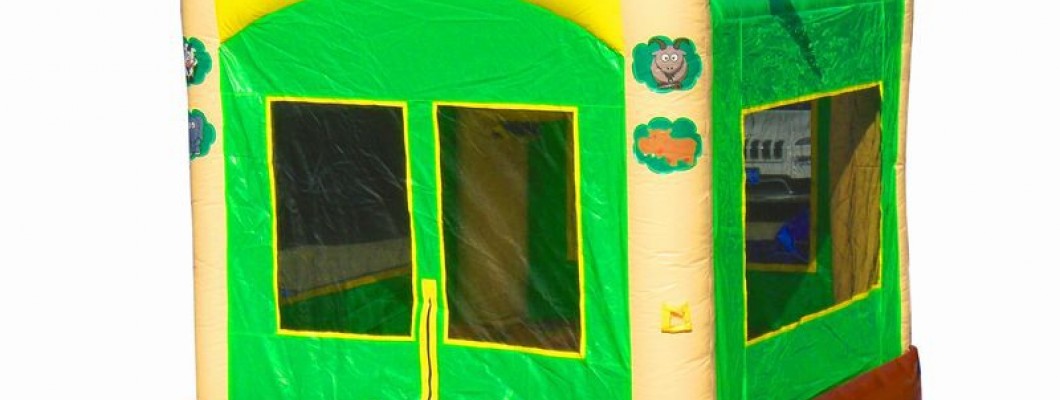
So, you've got your jumping castle ready for the big day. The kids are excited, the weather looks perfect, and everything's set for some bouncing fun. But before you let everyone loose, there's one crucial thing you need to make sure of – that the jumping castle is securely anchored.
A securely anchored jumping castle means safe fun for everyone. Let's go through how to make sure everything is tied down properly, so you can focus on having a blast without worrying about any mishaps.
Use the Right Anchoring Equipment
When it comes to anchoring a jumping castle, you can’t just wing it! Every jumping castle should come with proper anchoring tools, such as stakes or sandbags, depending on whether you're setting up on grass or hard surfaces.
If you're on soft ground like grass, heavy-duty stakes are your best bet. Push them deep into the ground at a 45-degree angle and ensure they’re tightly secured. For hard surfaces like concrete or asphalt, weighted sandbags work well to keep everything in place.
Follow Manufacturer's Guidelines
Always check the instructions that come with your jumping castle. Every model is a bit different, and manufacturers provide specific guidance on how many anchor points are needed and what tools to use. If you're not sure, don’t hesitate to ask the rental company for advice. They’ll know the ins and outs of the castle you’ve hired.
Check the Weather
The Aussie weather can be unpredictable, so it’s always a good idea to keep an eye on the forecast. Strong winds can be dangerous for jumping castles, and no amount of anchoring will help if the conditions are too rough.
As a general rule, if the wind speed is forecasted to be more than 25 km/h, it’s best to deflate the jumping castle and pack it away until things calm down. Safety first, always!
